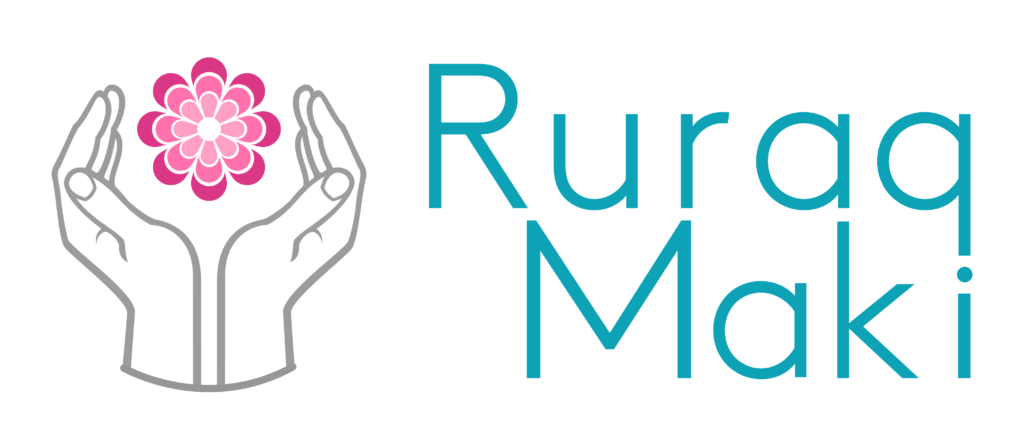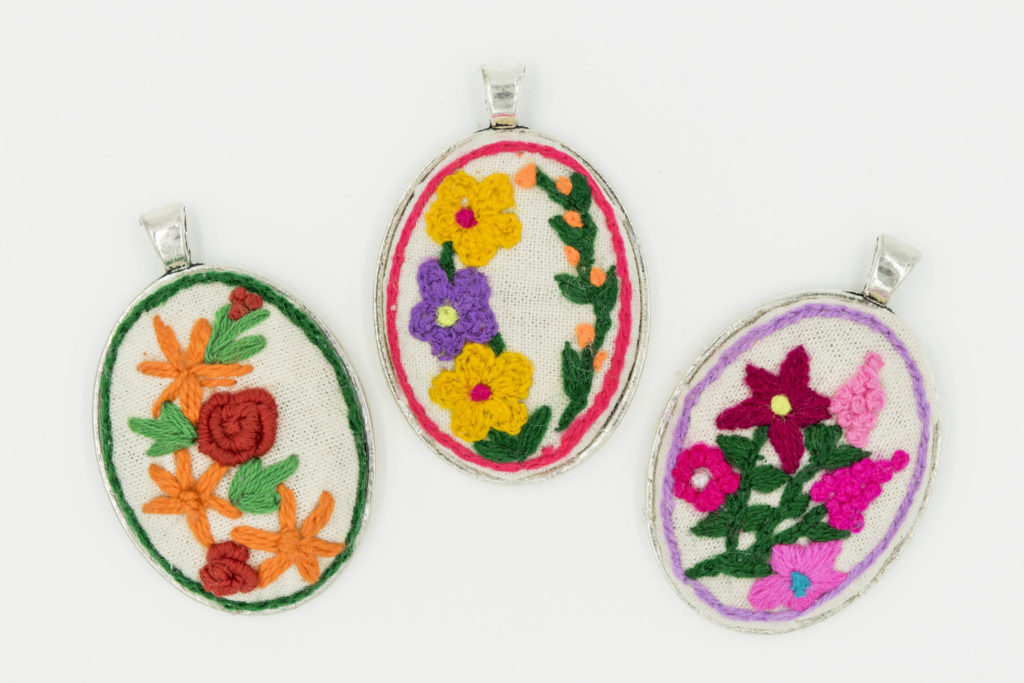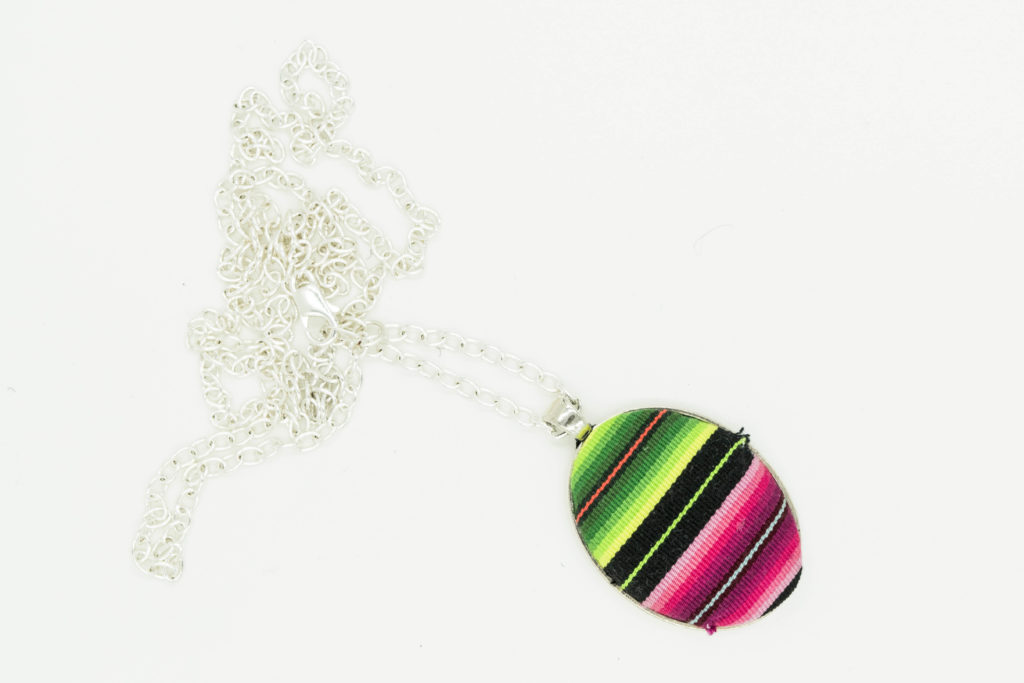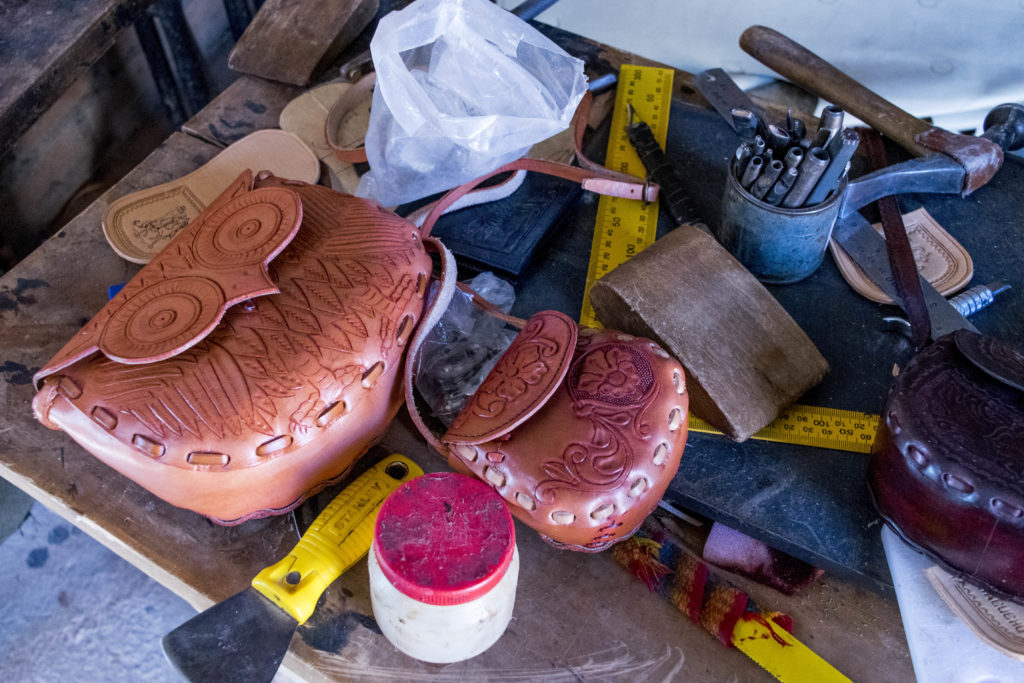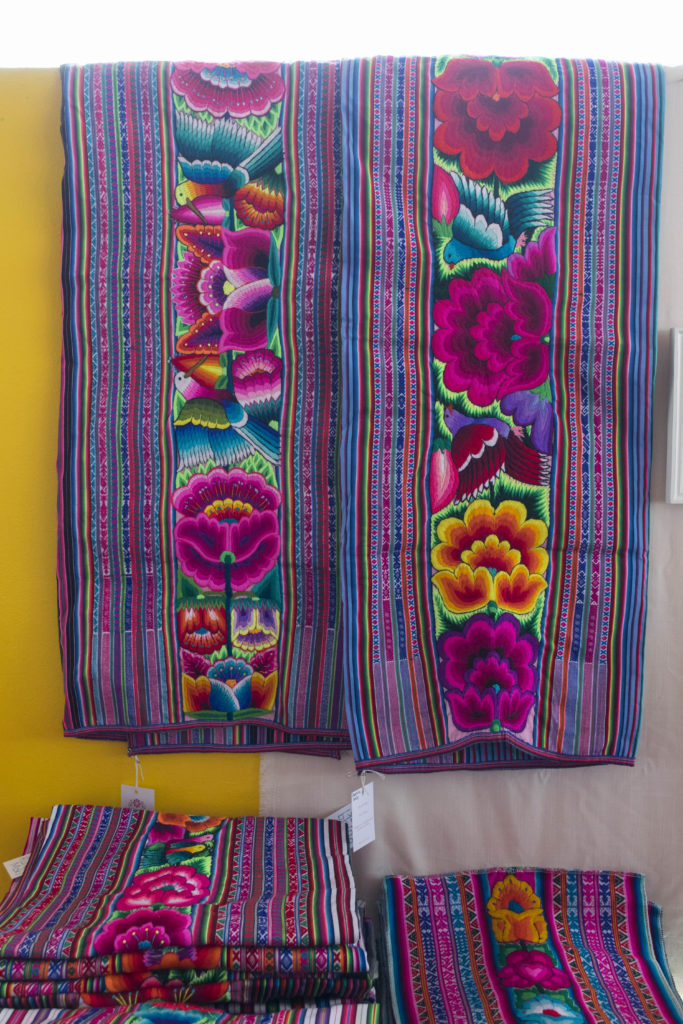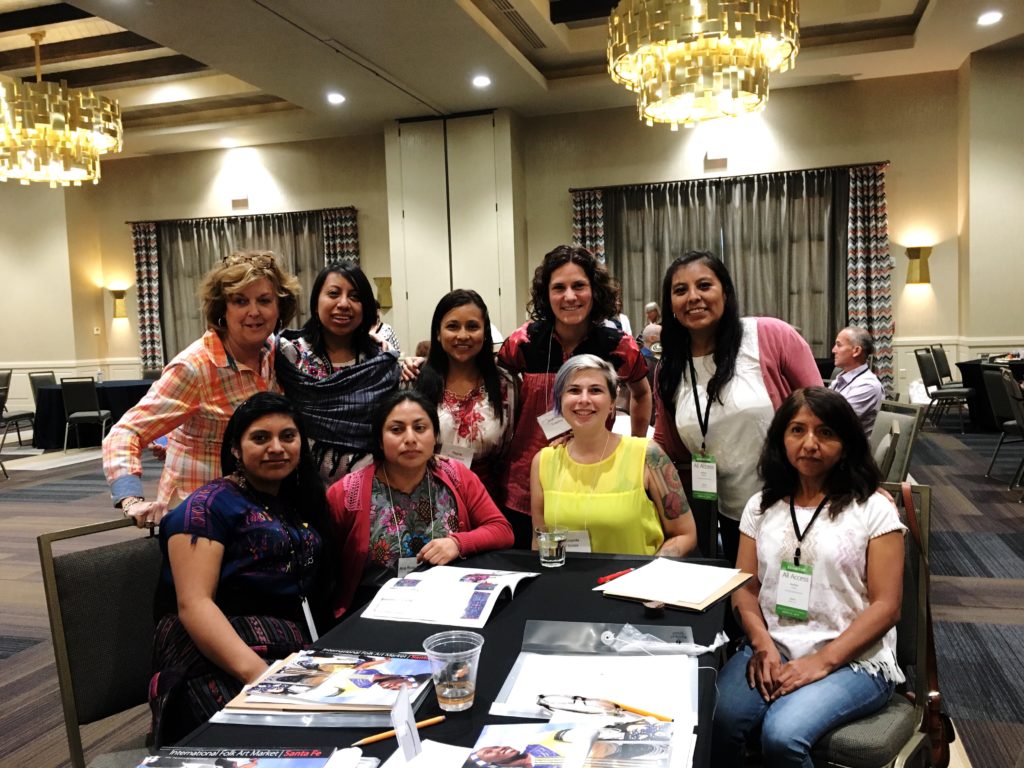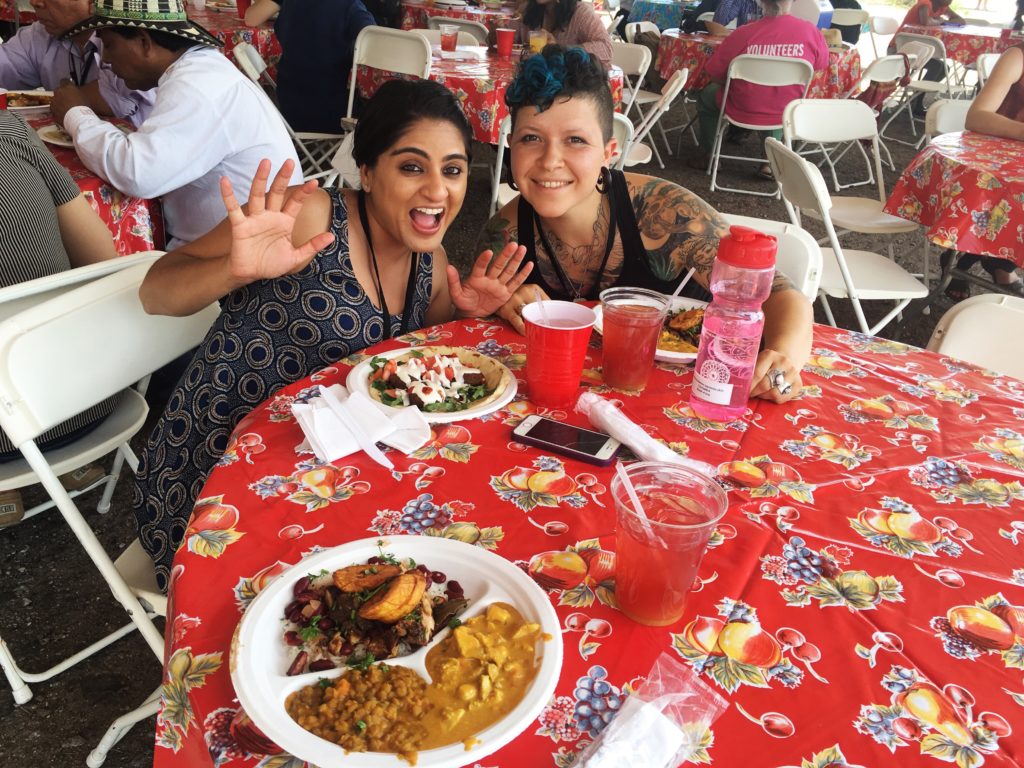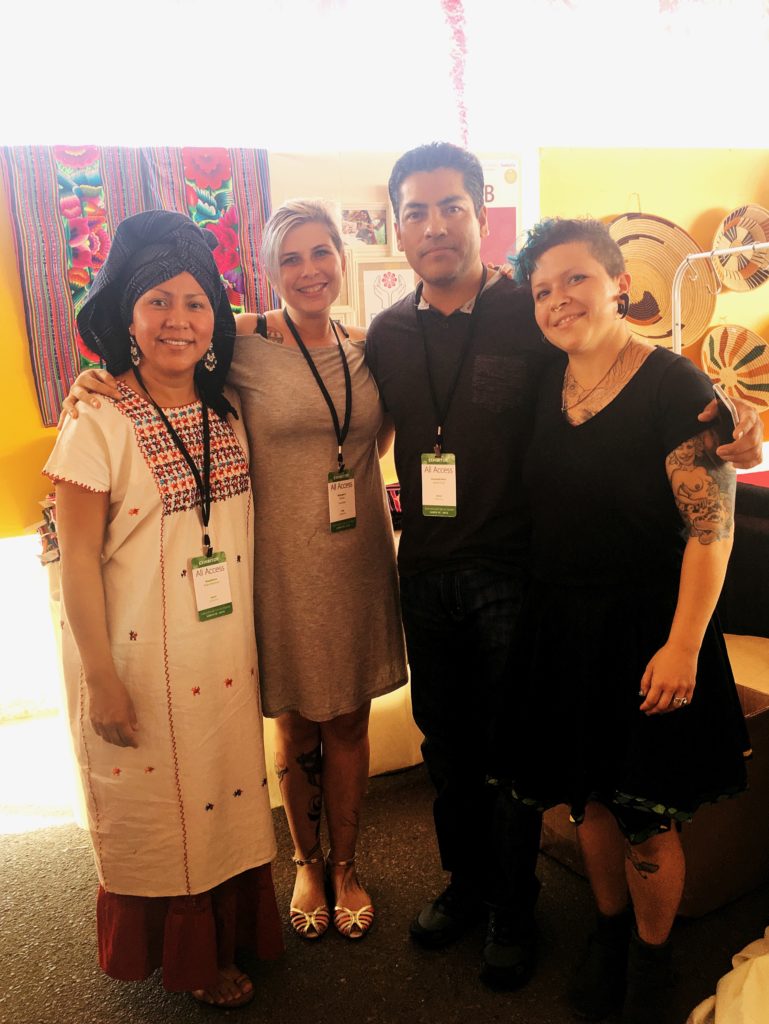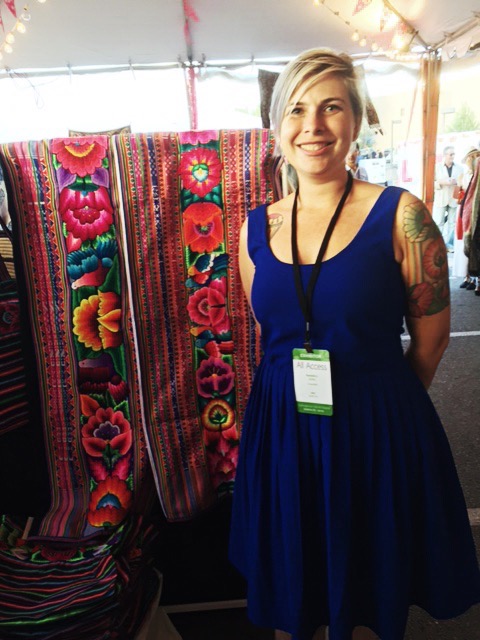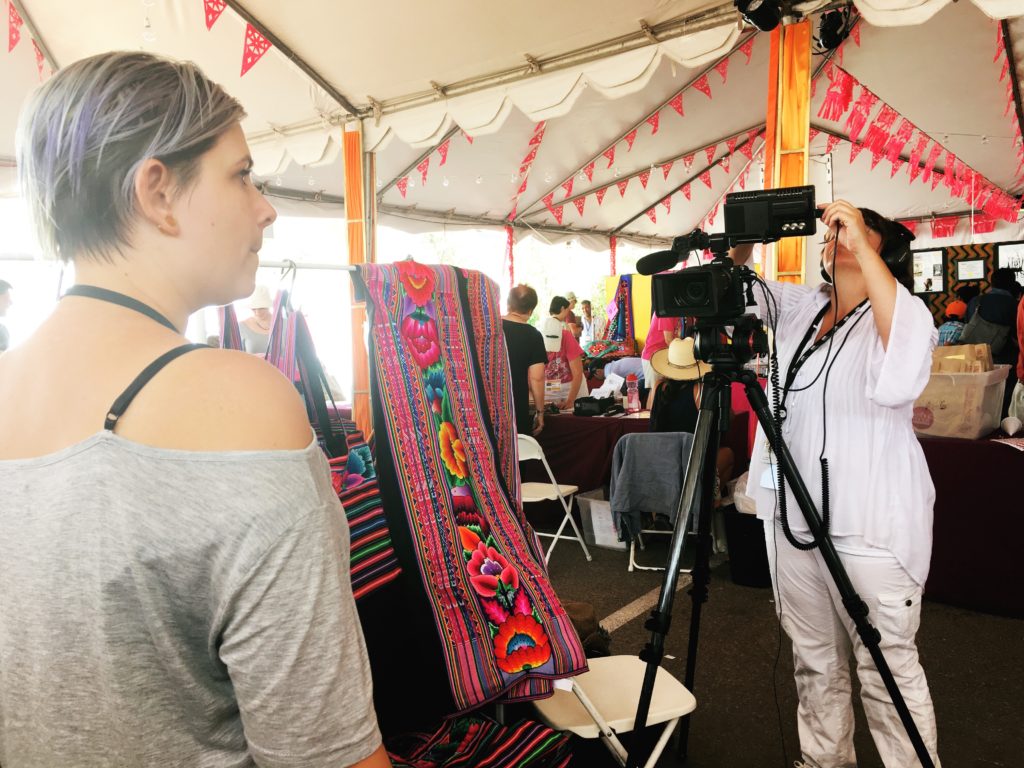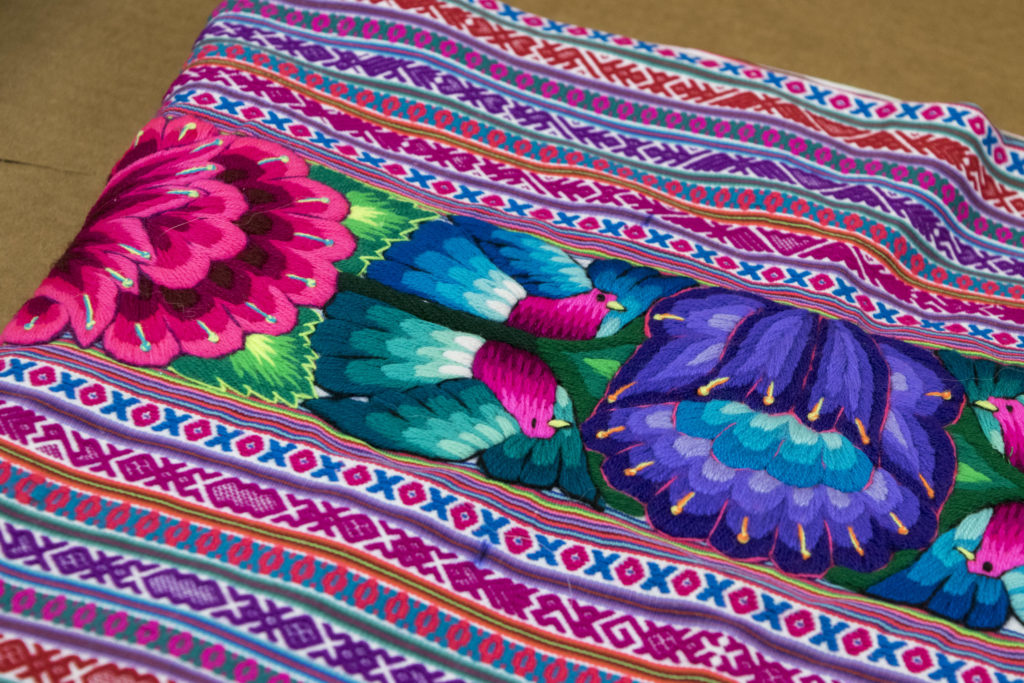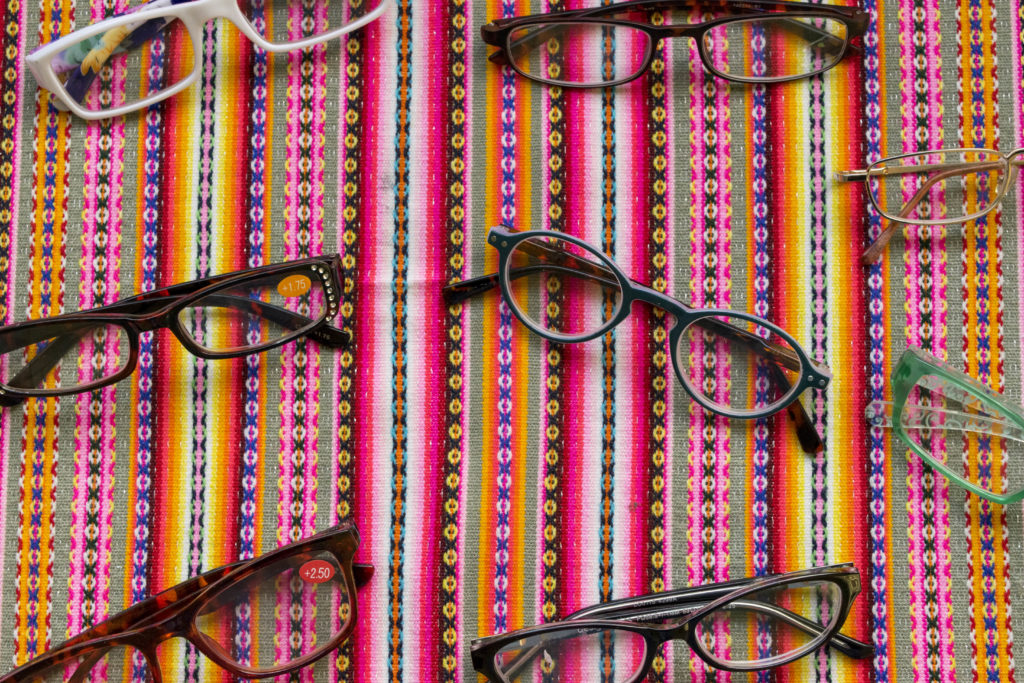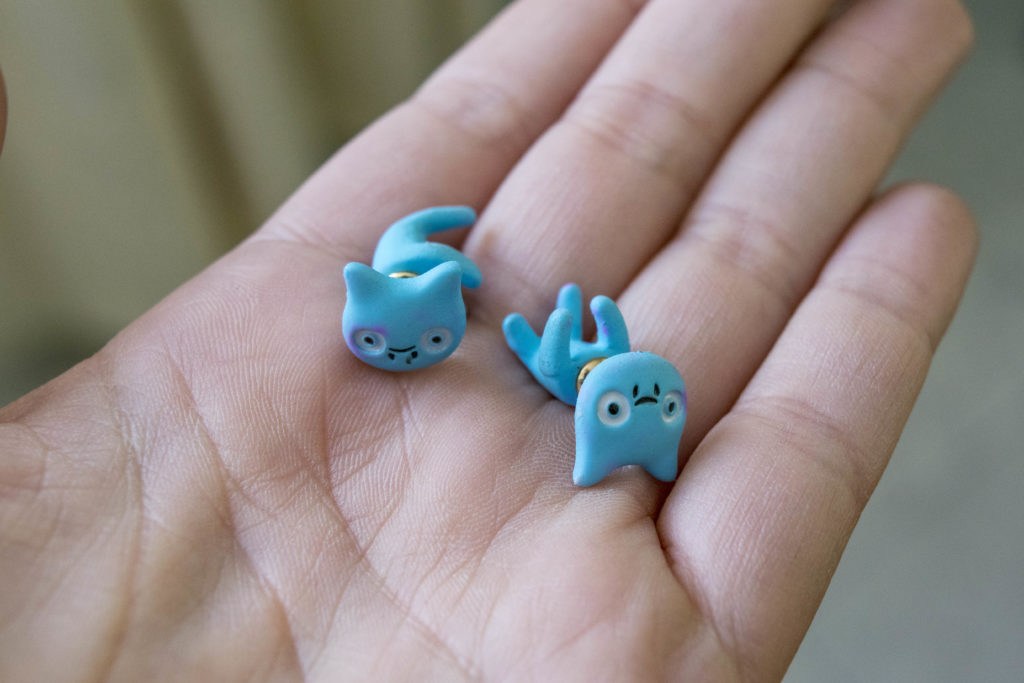We finally got underway with the jewelry making class with our embroidered pendants. Real talk, there are times I create class projects that don’t turn out as I expect. It either has to do with the women’s skills not being fully developed or the technique is too technical for them. The pendants are the opposite of this problem. They turned out even more beautiful than I expected.
The pendants showcase the women’s skill with the embroidery. You can see that the women use different techniques to accomplish different looks. Before today’s class, my knowledge of embroidery was woefully lacking. I knew the women were talented, but I thought there was just one stitch. I was wrong.
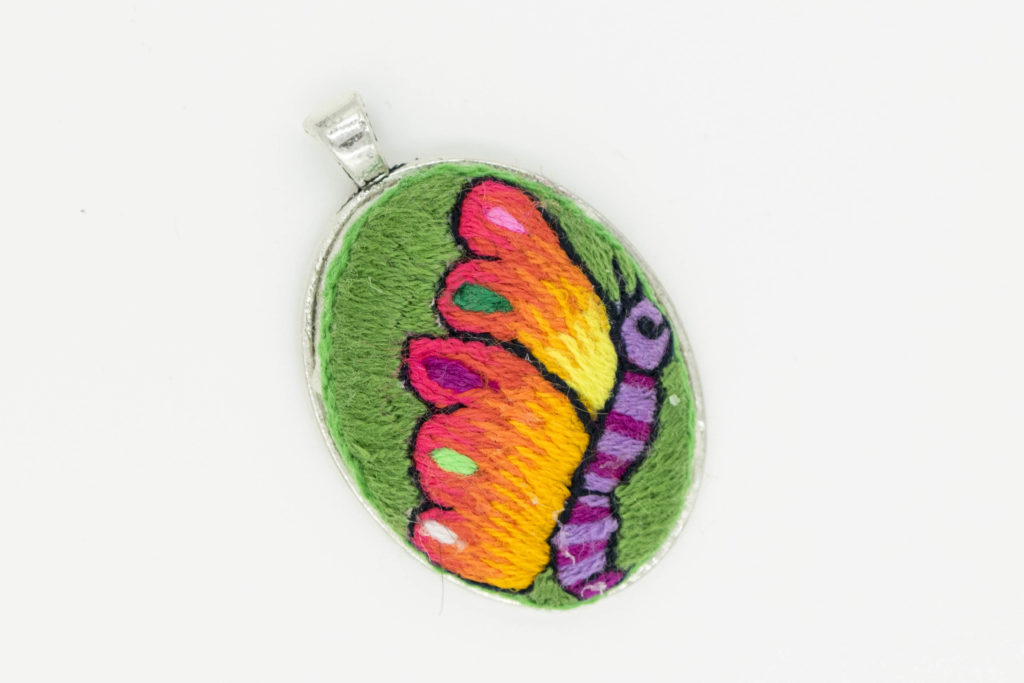
Embroidered Butterfly Pendant
As I waited for the women to finish their embroidery circles, I listened to them swap advice and ideas for how to accomplish a different look. “Is that *stitch I’ve never heard of*? I like it.” “Try *other stitch I’ve never heard of* to get it to look like this.” Clearly, the women are the experts in embroidery. They know what they are doing technically, but also understand when to apply the various stitches and techniques.
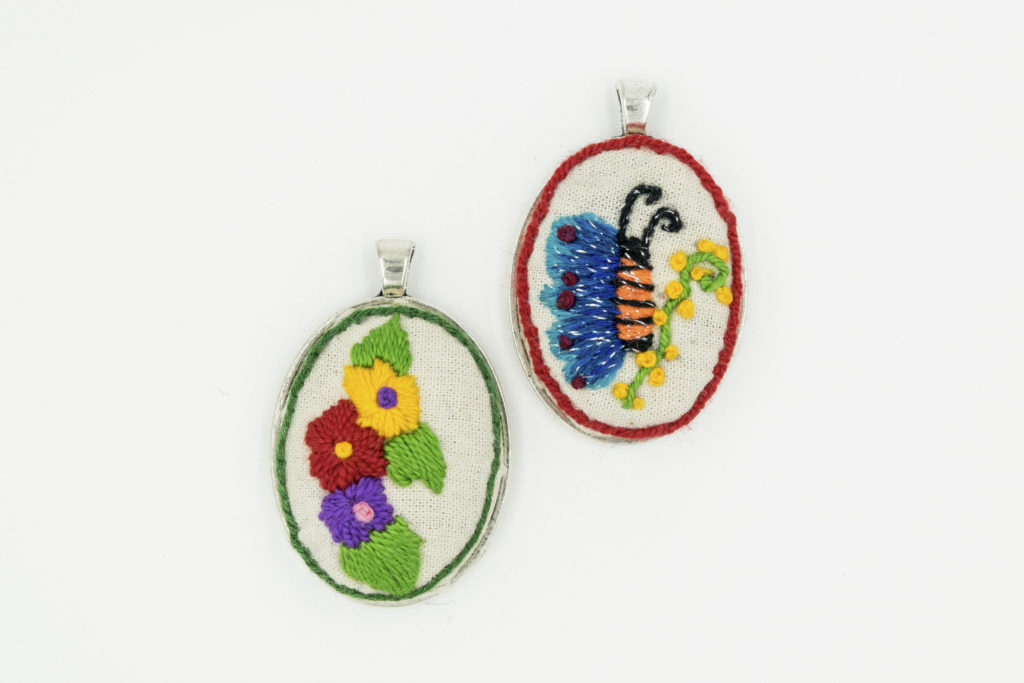
Flowers and butterfly by Elizabeth
At one point they asked me to try to embroider something. I did so reluctantly, sitting next to master embroiderers, and I learned this- it is a lot harder than it looks. My piece looks like a child did it and even though the women were encouraging, my work was not up to par.
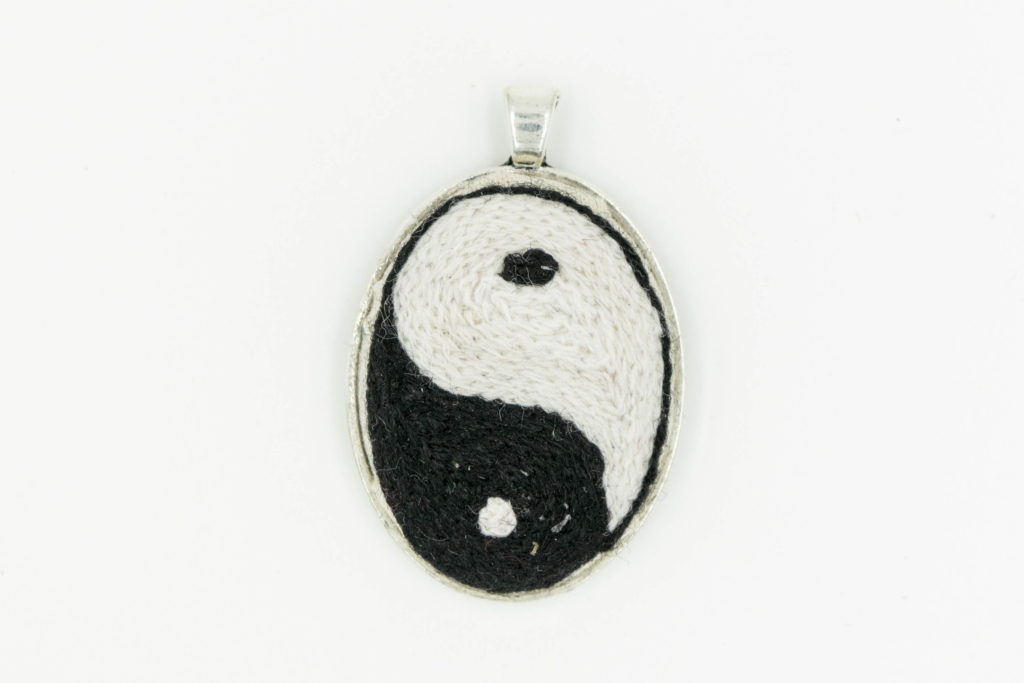
Pushing the creative muscle- yin yang pendant by Lia
One thing I love about the pendants is they also gave the women an opportunity to be creative with their embroidery. Often the women are embroidering the same manta motifs day in and day out. These pendants let their creativity loose. There were many designs that didn’t make the cut (they insisted they weren’t good enough) but even those designs were a creative outlet. They stretched the women’s creative imagination and that is catalyst to growth.
What do you think of these pendants? Which is your favorite?
